Making deserts bloom - centre pivot irrigation
Dr Jonathan Hare, The Creative Science Center, Sussex University.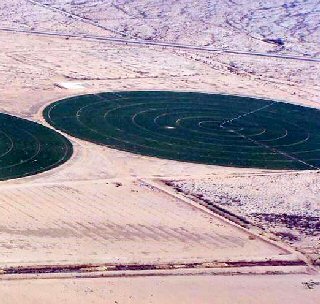
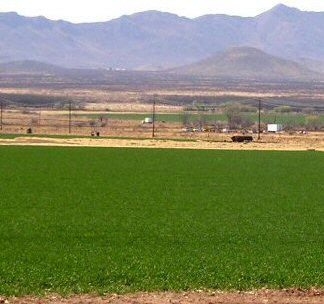
Circular crops fields in the Arizona desert (Note: left photo taken from reference 4 below)


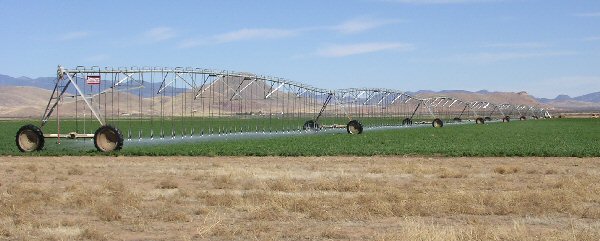
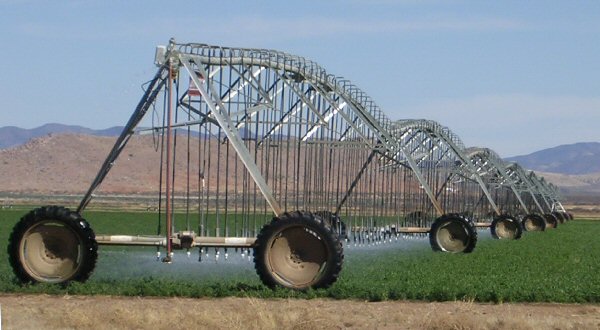
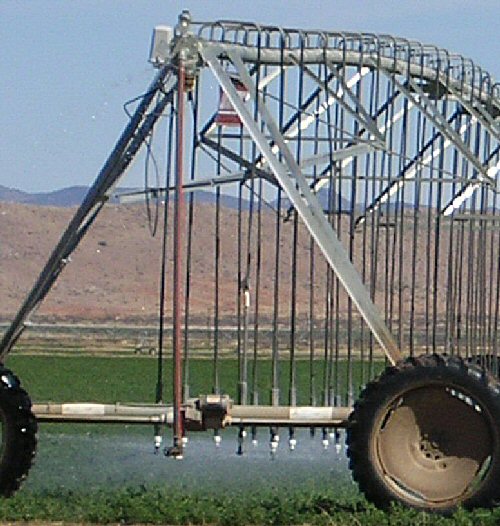
home | diary | whats on | CSC summary | latest news